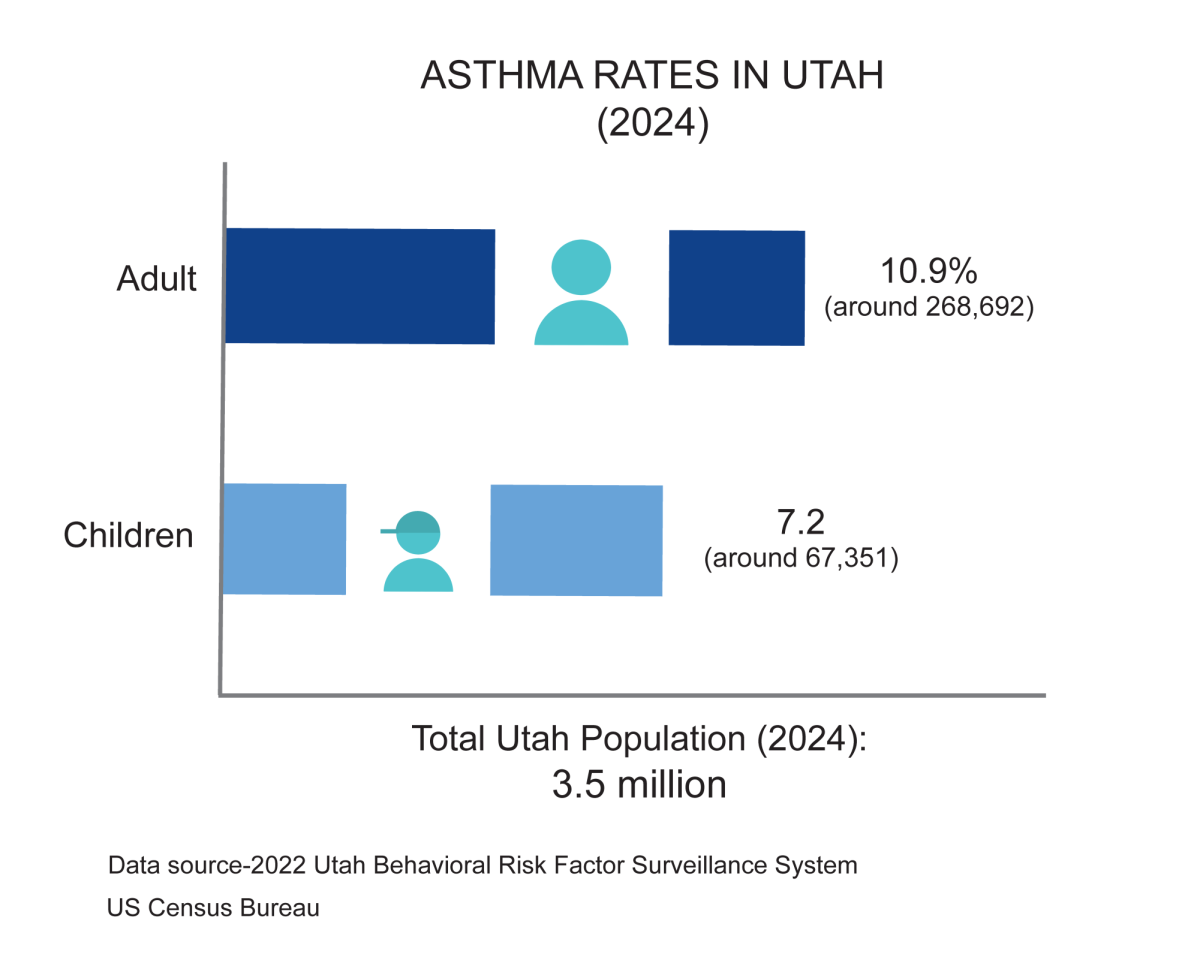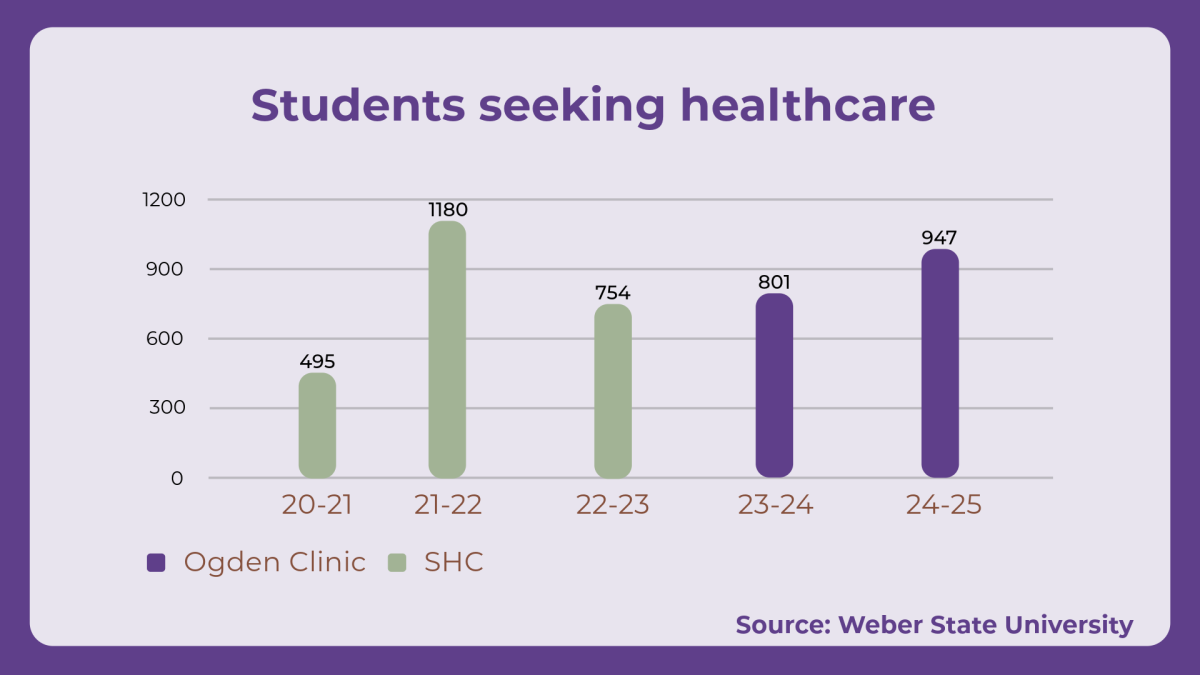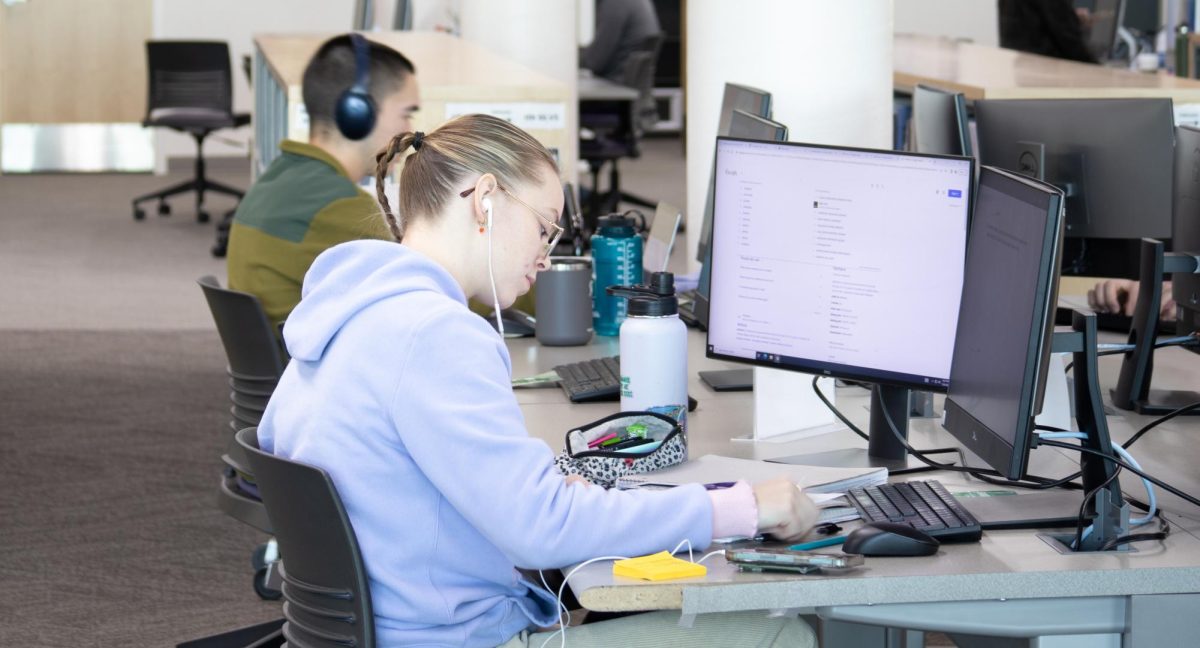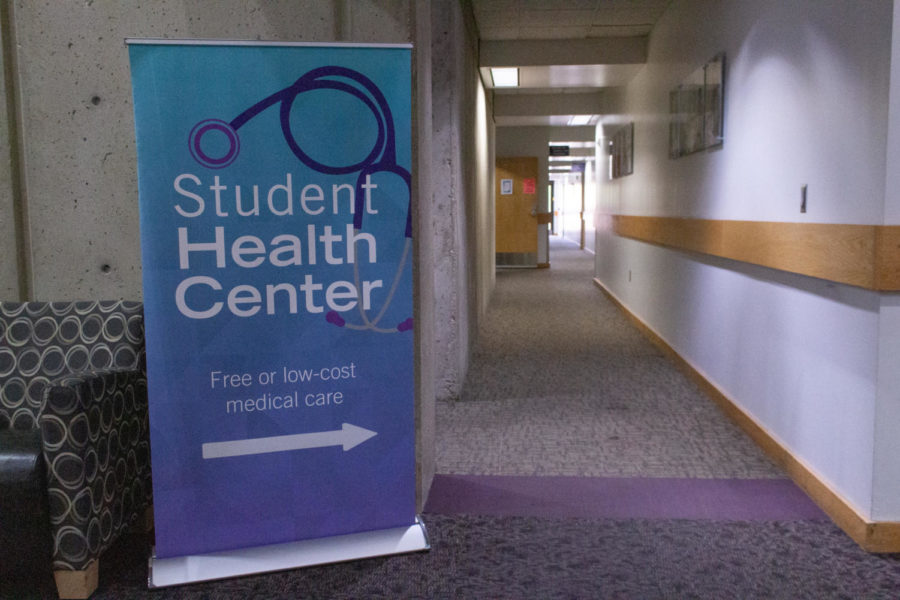National Geographic recently published an article discussing how America’s mainstream population is addicted to sugar. With many college students on tight schedules, having time to make a healthy meal can be difficult.
“Sugar is hidden in a lot of foods that we have,” said London Draper Lowe, Weber State University nursing professor. “It is hidden in things like ketchup and bread and all of the processed foods we have. You get in a vicious cycle of when you have sugar, you start to crave sugar. We consume a lot more sugar then we did in 1970. The obesity rates have gone up and less people are exercising like they should.”
According to National Geographic’s article by Rich Cohen, “Sugar: Why We Can’t Resist It,” the average person consumes 22.7 teaspoons of sugar a day without even eating what is considered a sugary treat. Consuming this much sugar a day can result in obesity, diabetes and many other health problems.
“One health risk is having tooth problems, but also diabetes,” said Karen Burton, Ph.D. registered nurse. “Soda and energy drinks and stuff like that eat away at your teeth. . . . (Diabetes) messes with your body’s glucose levels and make things become out of whack. The more you can get stuff in its natural form, the more likely you are to be healthy.”
While sugar comes in different forms, students can receive their sugar fix from a healthier sugar outlet. Apples, for instance, contain fructose but are far better for the body than a candy bar on the way to class.
“I just think that sugar is so pleasurable that, chemically, it sends off a lot of the same brain signals, so people get hooked on it and they want more and more all of the time,” said Rieneke Holman, assistant professor of nursing. “I think people consume more than 22.7 teaspoons a day. Unless you cook a lot or are really familiar to what a teaspoon is, for most people it doesn’t mean anything.”
Carbohydrates are an important part of a diet but can become unhealthy if a person over-consumes. If a person has too many carbs, his or her sugar consumption can increase. According to the National Geographic’s statistics, Americans spent around $32 billion on sugary treats in 2011.
“College students have a transition into the adult world, and really it’s up to them to make an individual effort to eat healthy,” Lowe said. “Some of the things they can do is take some exercise classes to make sure they are getting the exercise they need. They can take some stress-reduction classes, because the increase in stress causes you to crave sugar. It is work to eat healthy, but you do have the freedom to make the choice to take care of your body.”













